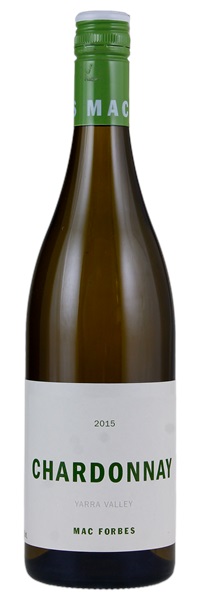Estimate

Aromas of fresh pear and nectarine, complicated by orange zest, iodine and floral nuances. Sappy and penetrating on the palate, offering bitter pear skin, Meyer lemon and honeysuckle flavors... Hints of anise and ginger emerge on a very long, vaguely smoky finish that echoes the floral and citrus fruit notes.
...delicate floral nose of peach blossoms and honeysuckle over a core of lemon curd and grapefruit plus a yeasty undercurrent. Light to medium-bodied, the palate is elegant and expressive with great citrus and savory finesse and a racy acid backbone, finishing with very good length.
Broad...with real freshness and structure.